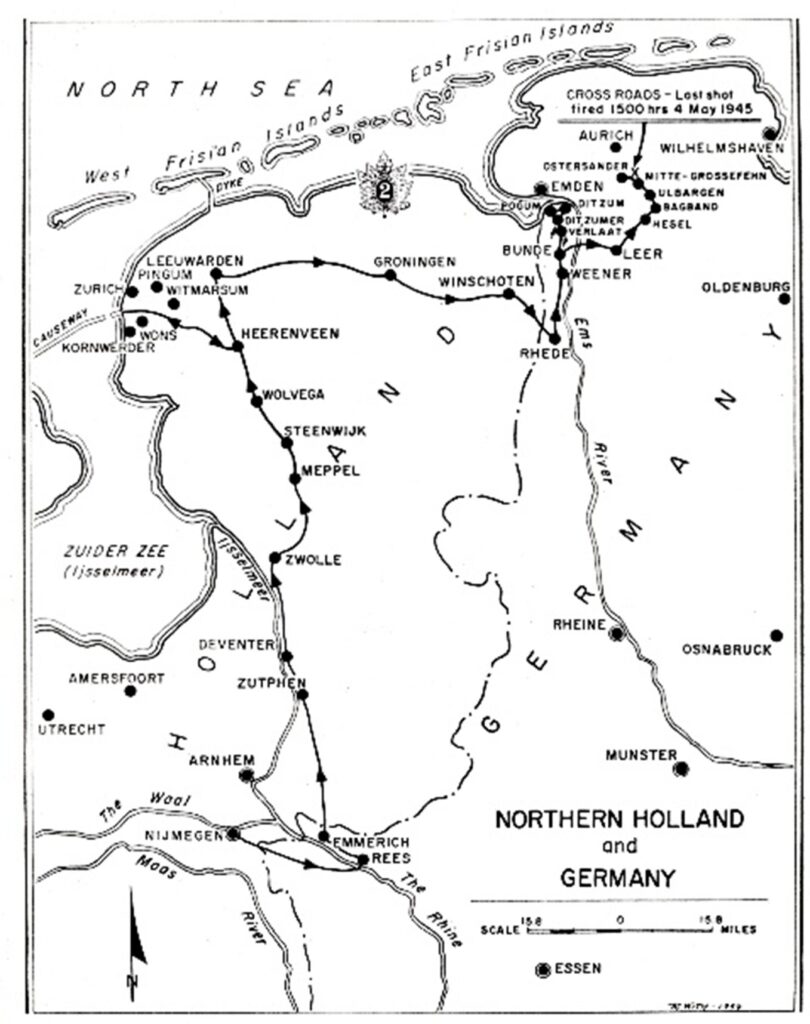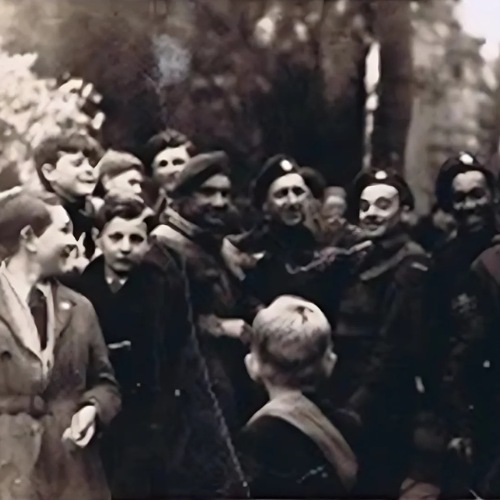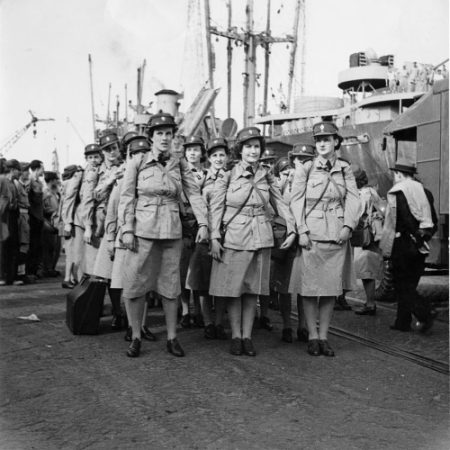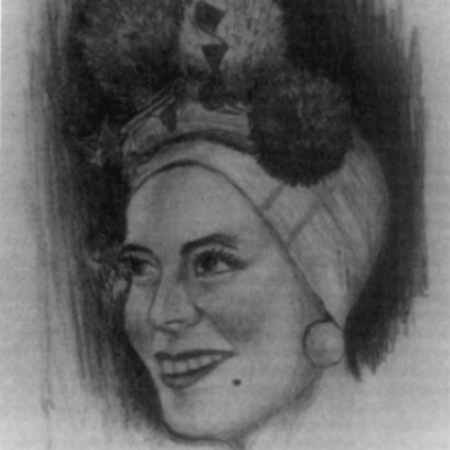The final months of the Second World War were marked by intense fighting as Allied forces pushed to liberate occupied territories and bring the conflict to an end. Among the many brave Canadian regiments that played a crucial role in these efforts, The Queen’s Own Rifles of Canada stood out for their remarkable courage and sacrifice in the liberation of Holland in 1945. Their efforts not only helped free the Dutch people from years of Nazi occupation but also cemented the strong bond between Canada and the Netherlands, a relationship that continues to this day.
A Legacy of Service
The Queen’s Own Rifles of Canada, one of Canada’s oldest infantry regiments, had already established a strong legacy of service by the time they were deployed in Europe during the Second World War. Landing in Normandy on D-Day, June 6, 1944, they were among the first Canadian troops to storm Juno Beach, demonstrating remarkable resilience and determination. Their actions in France, Belgium, and ultimately the Netherlands, showcased their unwavering commitment to the fight for freedom.
The Battle for Holland
By the time the Allies reached the Netherlands in late 1944 and early 1945, the country had suffered immensely under Nazi occupation. Starvation, forced labor, and violent reprisals against resistance fighters had devastated the Dutch population. The Queen’s Own Rifles played a key role in the liberation efforts, pushing through well-fortified German defenses and enduring fierce resistance from enemy forces.
Right: Map showing the movement of The Queen’s Own Rifles in the Netherlands and Germany.

Read the rest of the article on Honouring Bravery
Article written by J. M. Stephens, Director of the Queen’s Own Rifles Museum, for Honouring Bravery.






